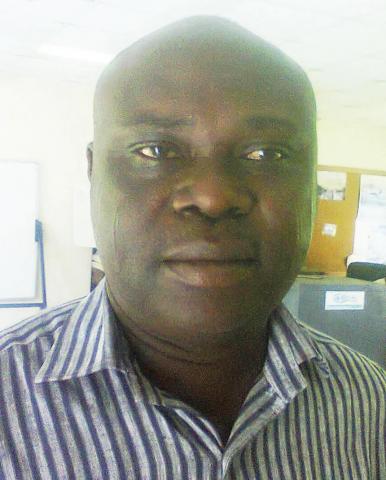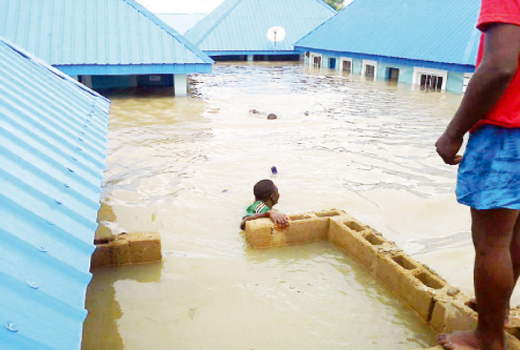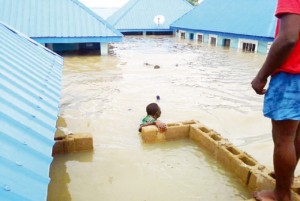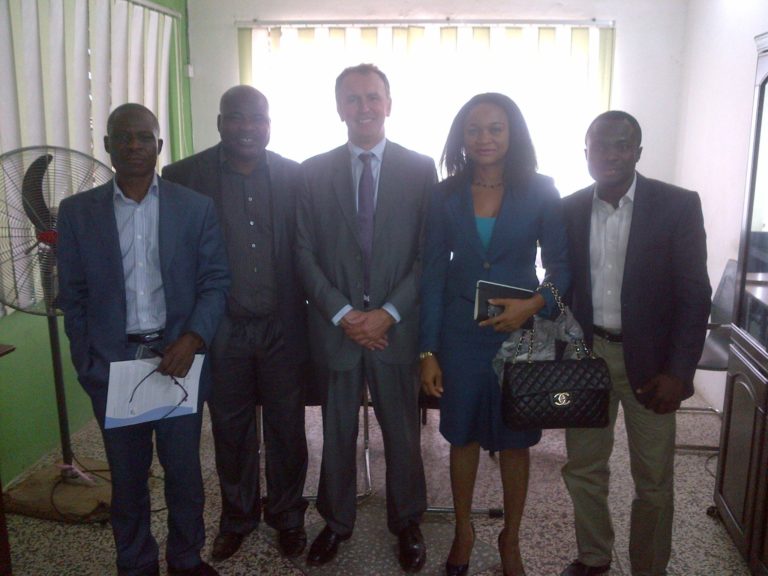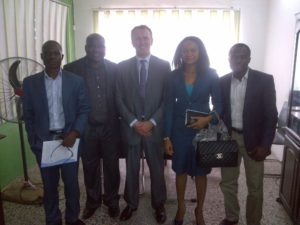A team of nature conservation groups has embarked on an initiative designed to improve livelihood and habitats of migratory birds in the Sahel areas of Nigeria, Burkina Faso, Senegal and Mauritania.
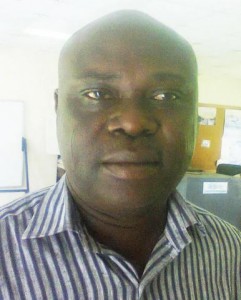
Tagged “Living on the Edge Project (LOTE),” the project is funded by the Dutch Nationale Postcode Loterij, an independent lottery that sets aside two-third of its profits for charities in the fields of development, education and nature conservation. Vogelbescherming Nederland, as the beneficiary of the grant, established a contractual partnership with BirdLife International, Nigerian Conservation Foundation (NCF) and three West African countries to carry out intervention activities aimed at realising the goals and objectives of the project from 2011 to 2015.
Presently, the project is being implemented in seven communities in the Sahel zone of Nigeria. These communities are Kaska, Kumaganam and Meori, in the sand dune-prone area of Yobe State; Adiani, Baturiya and Maikongoli situated within and around the Hadejia-Nguru Wetlands Complex; and Rijiyan Dono in the Sokoto-Rima Basin.
The aims of the project are to: restore and conserve the natural dryland and wetland habitats, improving peoples’ livelihoods and conserve habitats for migratory birds, and empower people for sustainable use of natural resources and improve livelihoods. The project employs various strategies to achieve its set goals which are all encompassing and toeing the line of African Union (AU) policy direction.
Similarly, the Great Green Wall initiative is expected to plant trees that provide a barrier against desert winds, and help to hold moisture in the air and soil, allowing agriculture to flourish. The LOTE takes the cognisance of the fact that forests play a major role in the efforts to arrest climate change. Next to the burning of fossil fuels, deforestation is the greatest source of greenhouse emissions, hence the global demand to stop deforestation and to engage in massive re-afforestation in tropical zones.
The project combines Geographical Information Systems and remote sensing technology to develop LandUse/LandCover map of these areas to identify the area of intervention in each sites and also delineate the habitat restoration sites.
So far, the forest regeneration component of LOTE has restored about 15 hectares of land in some of the communities it works. This is evident in the planting of 14,700 seedlings on 10 hectares of land and provision of 1,500 seedlings of economic trees for the communities of Kaska, Kumaganam and Meoiri and; establishment of tree nurseries for raising tree seedlings for planting to curtail desert encroachment in collaboration with the local communities of Kaska, Kumaganam and Meoiri. It is expected that this effort will enhance biodiversity and improve resilience to climate change in the area as the tree will stabilise the carbon dioxide content of the atmosphere.
One of the project sites of LOTE, Meoiri, is a 35km north of the wetlands. Historically, the site used to be an important habitat for migratory birds but the LOTE project noticed its serious state of degradation at the inception of the project. Specific interventions were made in form of re-planting of indigenous trees to establish plantations to reduce the rate of desert encroachment and habitat restoration; and planting to establish orchards (fruit trees) for locals to generate income. These same interventions were made in Kumaganam, Kaska, and Rijiyan Dono (Sokoto Rima Basin) sites of LOTE.
Interestingly, some of the species of trees planted for the afforestation are economical trees that will eventually bring income for the people in the long run As part of its sustainability plan, the project establishes Site Support Groups (SSGs) in each of the sites. These groups are trained on how to establish trees nursery, help to maintain the plantation and were also taught basic ecological monitoring skills to monitor their environment.
Restoration efforts embarked upon by the project notwithstanding, it employed various practical approaches and intervention to reduce pressure on the remaining woodlands and ensuring sustainable natural resource management. Conflicts over the use of resources are being addressed. The project, in collaboration with the concerned stakeholders, has re-beaconed a grazing route of approximately 3km distance and covering about 8 sq. km of Maja grazing reserve.
The conducted activity has now eliminated disputes that usually occur between the nomadic Fulani livestock keepers and the crop cultivators. Similarly, the activity has assisted in the protection of the remaining woody vegetation of the Maja Grazing Reserve as it harbors variety of migratory birds’ species.
The project has equally introduced fuel-efficient stoves capable of reducing the volume of firewood to be consumed by women and men for cooking and heating purposes. It facilitated a train-the-trainers workshop on the production and use of fuel efficient stove for 36 women from six communities. From surveys conducted after the first attempt at training the people to construct the stove, over 600 fuel-efficient stoves have been constructed both for commercial and domestic use purposes in the different communities of the project sites, leading to reduction in the rate of encroachment into the reserves for fuel wood exploitation. Other intervention efforts aiming at supporting the people to reduce pressure on the forest include bee harvesting training and mat making.
Kunle Olawoyin, spokesperson of the NCF, said: “The LOTE project can be described as one single conservation project in the Sahelian region of Nigeria which is promoting greater community participation in wetlands resource management, through the reduction of natural resource degradation and the prevailing pressures mounted on the wetlands as result of unsustainable harvest of resources, upstream development and incursion of invasive species. It is the hope of the NCF and other stakeholders in the business of conserving our natural resources, particularly those located within the Sahelian regions will, see LOTE as one project they can draw useful lessons from for future interventions.”

